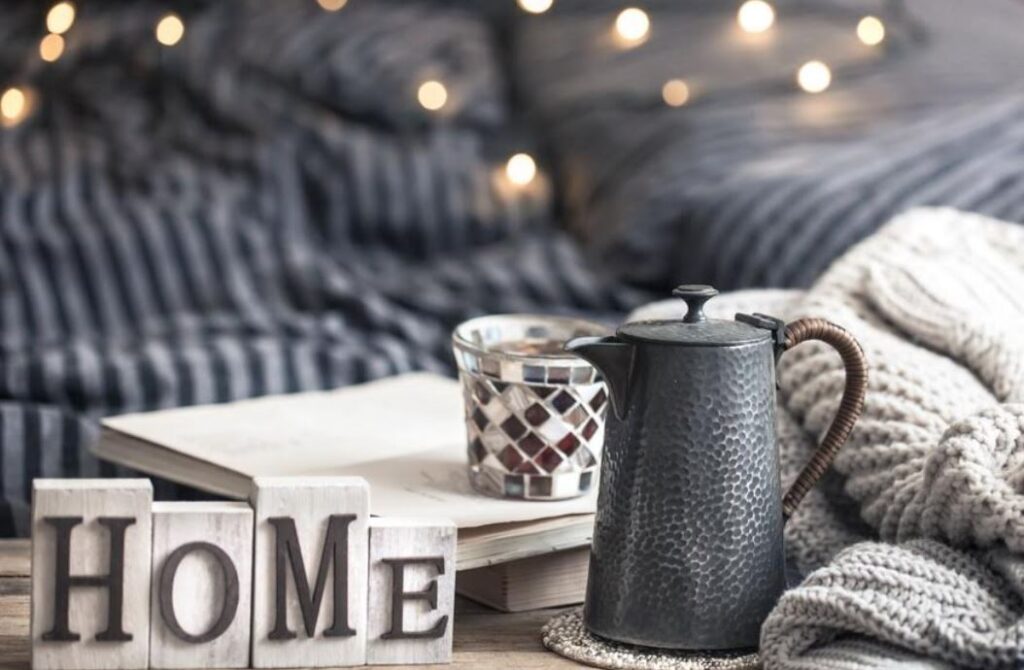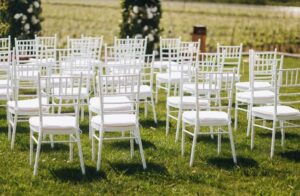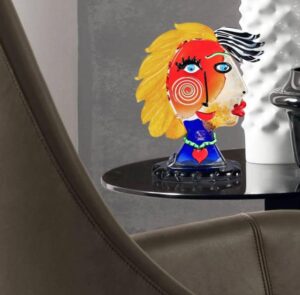
The vintage farmhouse interior decorating style is a distinct style with some key elements. Perhaps the most important element is color. In a vintage farmhouse scenario, light colors rule the day. A vintage farmhouse home features plenty of whites, off-whites, grays, and very light earth tones. This is not by accident, by the way.
Light colors in a modern home are a decoration preference. But back at the turn of the 20th century, choosing light colors was more practical than anything else. It all boiled down to how much money a homeowner had and how the home was primarily used. Knowing that, the farmhouse concept should give you some hints as to why light colors were so prevalent.
Jami Ray Vintage is a vintage collectible store in Lehi, Utah. Its owner is somewhat of an expert in vintage farmhouse décor. According to her, there are three main reasons light colors are a staple of this particular decorating style:
1. Farmhouses Were Utilitarian
Turn-of-the-century farmhouses were utilitarian at best. Even modern farmhouses occupied by working farmers are more utilitarian than anything else. But getting back to the turn-of-the-century, farmers did not build houses as showpieces. They didn’t build with the intent of impressing their neighbors or having lavish dinner parties with high society guests. Farmers built homes only to house their families.
The utilitarian mindset doesn’t leave a lot of room for extravagant interior design. Function comes first. If there’s room for anything beyond function, comfort comes next. Aesthetics tend to be way down on the list of priorities.
2. Wall Treatments Were Expensive
In addition to building a utilitarian structure, farmers also built without a lot of money to spend. Most of the money they did have went back into keeping their farms going. Thus, the construction budget was not big enough to afford expensive wall treatments.
Tinted paint cost a lot of money back then. So did printed wallpaper. That’s why decorative wall treatments were reserved for upscale houses owned by the wealthy. They had the money to spend; farmers did not. So instead of buying tinted paint or wallpaper, most farmers covered their walls with whitewash. If they wanted a little bit of color, they could mix their whitewash with a pigment made from something on the farm.
3. Electric Lighting Was Scarce
Even though electricity had begun making its way into American homes at the turn-of-the-century, it was still scarce on the American farm. Farmers still lit their homes with oil-fueled lamps and candles. For practical purposes, light colors meant going later in the day before firing up the lamps. But there was another thing to worry about: soot.
Candles and oil lamps produce soot when they burn. That soot would collect on the walls of a turn-of-the-century farmhouse. Things were especially bad during the winter months because the days were shorter and the nights longer. Every spring, the walls had to be either washed or repainted.
If your walls were covered in whitewash, no need to spend all day trying to scrub the soot off. Just apply another coat of whitewash and be done with it. On the other hand, imagine being a farmer having to deal with soot embedded in your wallpaper or expensive paint. What a nightmare.
In a nutshell, light colors are a staple of vintage farmhouse because turn-of-the-century farmhouses are rarely decorated with expensive paints or wallpapers. Farmers used whitewash because it was cheap, easy to apply, and got the job done. Light colors were more of a practical necessity than a design choice.




